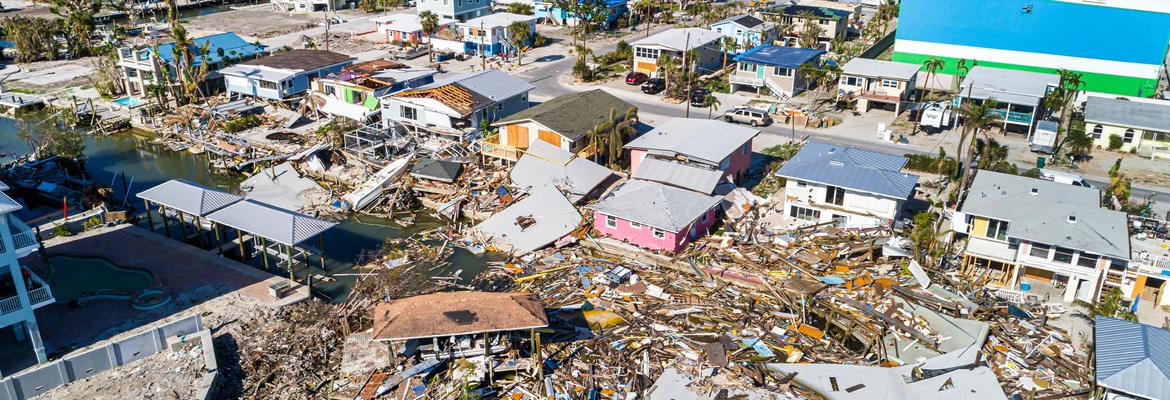A study published recently in Nature Communications is the latest of several recent reports to detail the rapid rise of sea levels in the southern U.S., which is happening faster than scientists previously realized and has also intensified hurricane damage in coastal cities.
Scientists from institutions including Tulane University and the National Oceanography Center in the United Kingdom wrote in the study that “mean sea level acceleration” in the U.S. Southeast and Gulf coasts has led to a rate of increase of more than 10 millimeters, or one centimeter, per year since 2010—a rate that is “unprecedented in at least 120 years.”
That finding bolstered a study published last month in the Journal of Climate by Jianjun Yin at the University of Arizona, who found that sea level changed by a total of nearly five inches in the region from 2010-2022—more than double the global mean sea level acceleration rate, according toThe Washington Post, which called the rapid sea level rise “abnormal and dramatic.”
Scientists who have studied the phenomenon recently say that the warming of the Gulf of Mexico, which is happening much faster than in oceans across the globe, is causing sea levels to rise in the area as the water expands with heat and gets carried out of the gulf into the Atlantic Ocean.
Yin reported that Hurricanes Michael in 2018 and Ian in 2022, which were already two of the strongest storms to make landfall in the U.S., were made more devastating by the high sea levels in the Gulf Coast. “The faster [sea level rise] on the Southeast and Gulf Coasts… coincided with active and even record-breaking North Atlantic hurricane seasons in recent years,” reads Yin’s study. “As a consequence, the elevated storm surge exacerbated coastal flooding and damages particularly on the Gulf Coast.”
Hurricane Michael killed at least 45 people and damaged about 60,000 homes, costing about $25 billion. Ian was linked to roughly 160 deaths and was one of the costliest disasters in U.S. history, causing at least $50 billion in property and infrastructure damage. “It turns out that the water level associated with Hurricane Ian was the highest on record due to the combined effect of sea level rise and storm surge,” Yin told the Post on Monday.
Thomas Wahl of the University of Central Florida, a co-author of the report published Monday, noted that rising sea levels lead to the erosion of wetlands, which coastal communities rely on for protection. “Now you have a higher base water level,” Wahl told The Post. “If you have a hurricane now as opposed to the same hurricane 150 years ago, the impacts would be different.”
The trend in the region has so far only been detected for about 12 years, but with global sea levels rising steadily—a pattern scientists have warned will continue especially as long as fossil fuel extraction and greenhouse gas emissions persist—Sönke Dangendorf of the Nature Communications study said the research provides “a window into the future.”
The rate of acceleration is close to what scientists expected from sea level rise towards “the end of the century in a very high greenhouse gas emissions scenario,” the Post reported.
Rep. Sean Casten (D-Ill.) tweeted that the new research shows the likely short-term impact of continued planetary heating and sea level rise, following a report released by the National Oceanic and Atmospheric Administration (NOAA) last year which warned ocean levels along U.S. coastlines will rise by an average of 10 to 12 inches by 2050—and that Gulf Coast communities can expect an increase of 14 to 18 inches. “The implication is that a home purchased today in Pensacola will be underwater before the mortgage is paid off,” said Casten. “This is so scary.”


